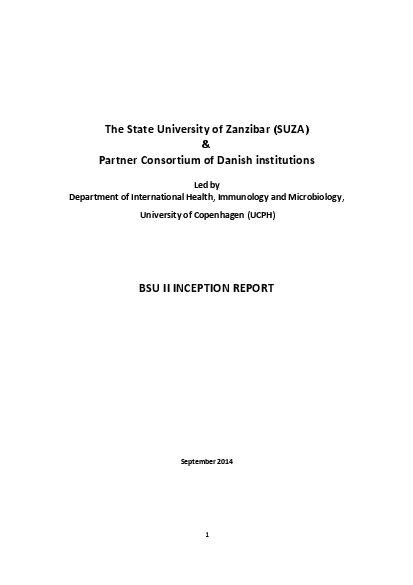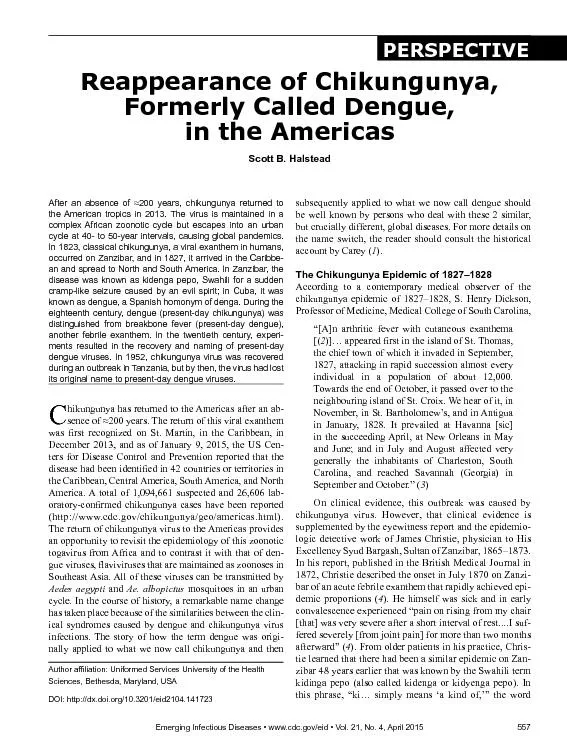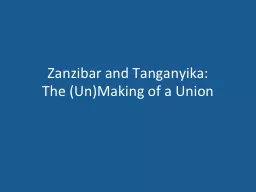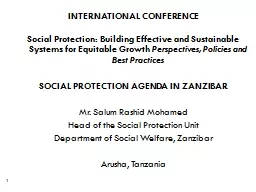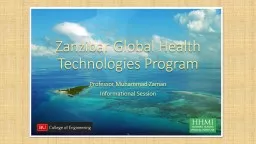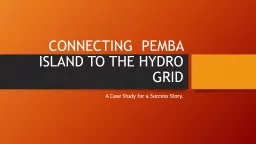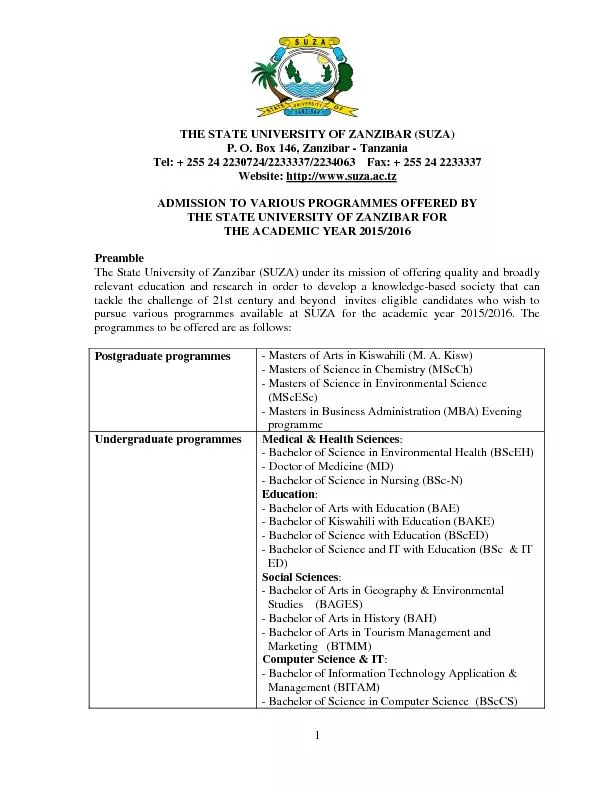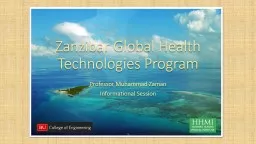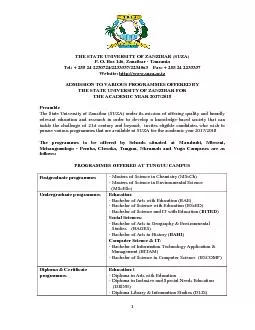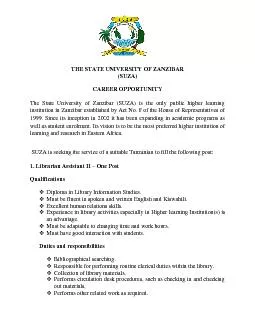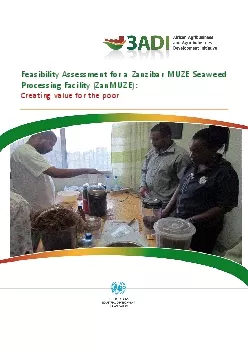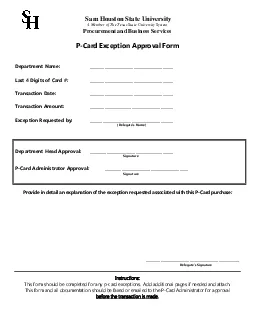PDF-State University of Zanzibar
Author : daisy | Published Date : 2021-08-14
1The SUZAPartner Consortium of Danish institutionsLed byDepartment of International Health Immunology and MicrobiologyUniversity of Copenhagen UCPHBSU II INCEPTION
Presentation Embed Code
Download Presentation
Download Presentation The PPT/PDF document "State University of Zanzibar" is the property of its rightful owner. Permission is granted to download and print the materials on this website for personal, non-commercial use only, and to display it on your personal computer provided you do not modify the materials and that you retain all copyright notices contained in the materials. By downloading content from our website, you accept the terms of this agreement.
State University of Zanzibar: Transcript
Download Rules Of Document
"State University of Zanzibar"The content belongs to its owner. You may download and print it for personal use, without modification, and keep all copyright notices. By downloading, you agree to these terms.
Related Documents

